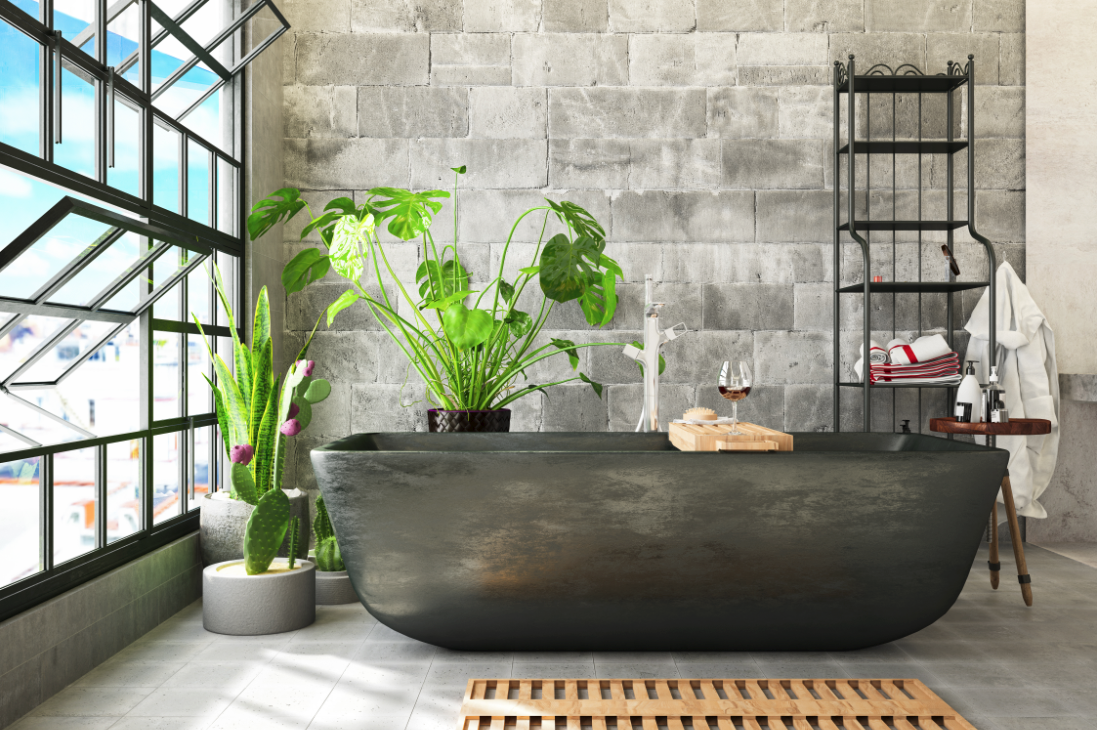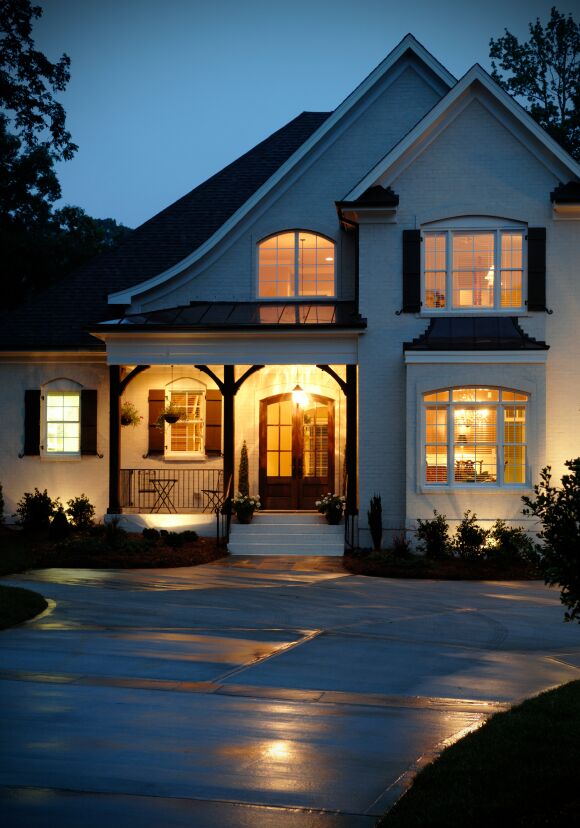Must-haves for any bathroom renovation
Bathrooms have always been a personal favourite of mine because of how creative you can be with your selections. However, it remains the most daunting space to tackle because of these very decisions.
Not to mention when you throw strata, small spaces and budget into the mix.
This aside, it is not all doom and gloom and the end result will of course be well worth the challenge. So let’s tackle some of the elements to consider when designing your new bathroom.
Deciding on the Layout
My biggest piece of advice is don’t be afraid to consult those around you. Often your tradesman, builder or friends will have ideas you may not have even considered.
When renovating an existing bathroom, the layout is particularly important as you may be governed by the pre-existing plumbing, apartment block red tape, and good old Mr Budget.
By using your relationship with your trades you will be able to discuss all of the above before even beginning to lock down the layout. This will avoid you feeling disappointed later when these obstacles slowly become unveiled.
Having just built a new house, our issues were not the same as when renovating but we were governed by space. We knew we needed to have at least one bath to cater for families, but being a duplex meant the spaces were not exactly of huge proportions.
By running our plumbing along one side of the wall and opting for a wet room layout we were able to give the illusion that the bathroom was far bigger than it actually was.
With size quite often a factor in homes, a wet room style bathroom is the perfect way to share space between the bath and shower and not lose out on having the dreamy freestanding bath.
Fixtures and Fittings
Gone are the days where black or chrome were your only options. The different colours on the market now are endless.
A very easy to navigate website and where I purchased all of my tapware from was ABI Interiors. Start to get a feel for what you do and don’t like by just scrolling their feed.
I purchased their sample set to help make the decision when selecting colours and pairing it with my tiles. Creating a mini sample board for yourself is always very helpful to give you a visual representation of the bathroom.
If you’re renovating don’t forget to liaise with your plumber and ensure the tap fittings you’re selecting work in the space.
Keeping your plumbing in the same position and simply just updating the fixtures will be a massive cost saver for you and what I have always done when renovating for a profit.
Storage
Shaving cabinets are a fantastic way of housing storage if you need the extra space or if you don’t have the room for it in your vanity.
If you do go down the shaving cabinet path, ensure you have the right clearance space for your taps if they are coming from the basin.
Building a shelf in the shower or recessing in a niche, will also provide additional storage. I used both of these options in different bathrooms in my house, depending on what suited the space and the dimensions I was governed by.
Don’t let this become an afterthought and make sure you discuss this with your carpenters during the early stages, as the cost for these features are minimal.
Trade communication
Tradesmen are fantastic but they are not mind readers. By having clear communication you will both get the very best outcome possible.
Print out all your specs and ensure you have them on hand when meeting on site before rough ins. Consider things prior to this meeting like, what height you would want your showerhead, vanities and basin spouts to be at.
What might be easiest for them, may not work for you, so be clear on your stance of exactly what you’re wanting.
Tile selections
When it comes to tile selections for small spaces I go against the grain and use bigger tiles in the space.
By having fewer grout lines you create the illusion that the floor space is in fact bigger, not to mention fewer grout lines means less cleaning and that is something we all like the sound of.
My usual rule of thumb is do not use more than three colours in the space otherwise it can start to look crowded. In both my bathrooms I have opted for a maximum of two tiles and the third colour injected from the vanity.
If you’re renovating to sell, then trying to appeal to a broader market by using neutral tones will allow potential buyers to really inject their own personal flare into the home and open up the buying pool.
If you’re renovating for yourself go crazy – do what you love!
SOURCE: www.realestate.com.au



